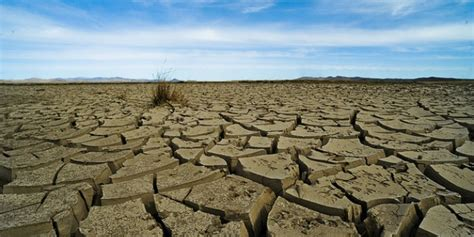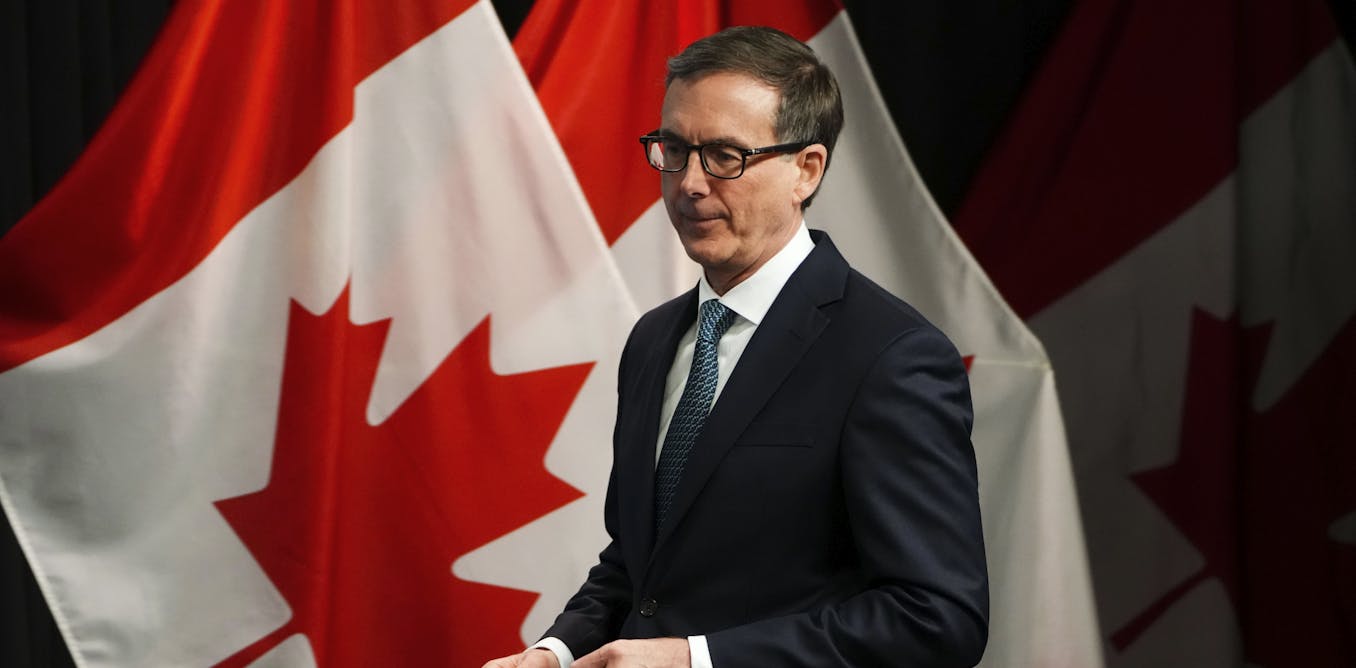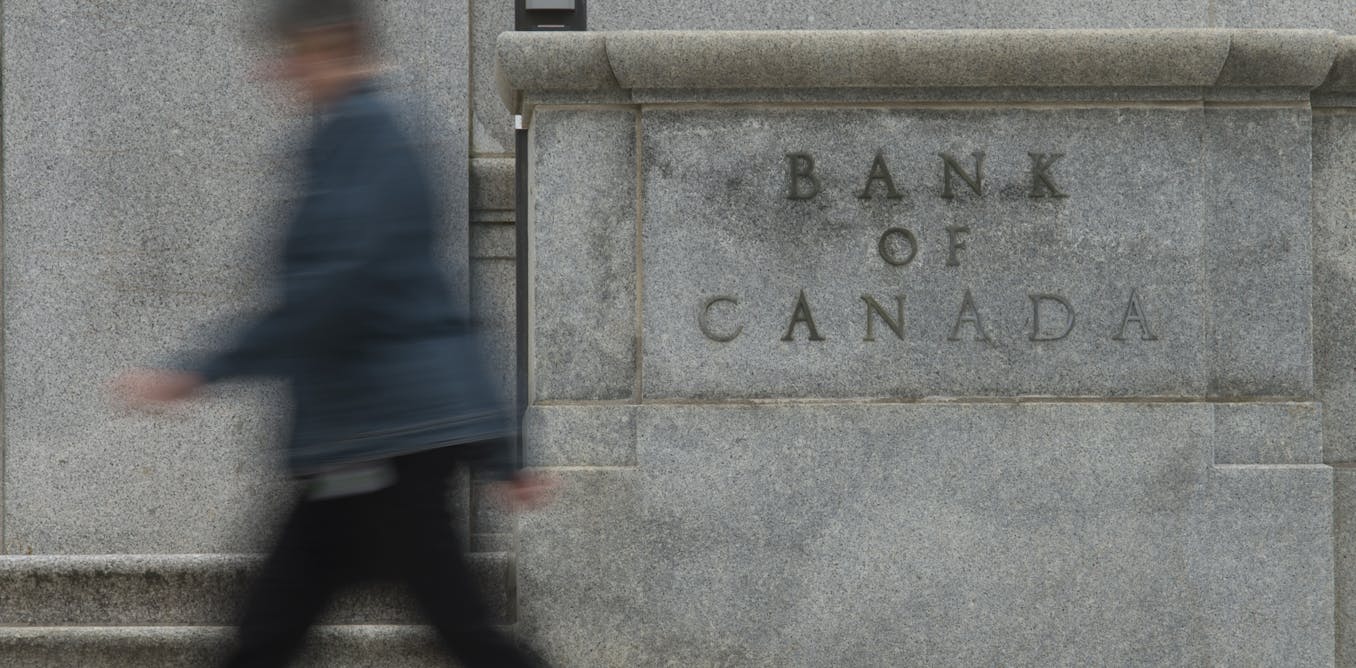
Jacqueline Best & Matthew Paterson
In the last few years, as central banks have begun to pay attention to climate change, there has been a flurry of academic interest in what central banks are doing and the potential this might hold for climate change action. Yet the crises of the last three years – COVID-19, the return of inflation, and the Russian invasion of Ukraine – have complicated the picture, leading us to look again at central banks and their potential role in climate governance and policy.
The promise of central banks taking a more active role in climate policy was raised by Mark Carney’s 2015 speech, ‘Breaking the tragedy of the horizon’, given while he was Governor of the Bank of England. Carney argued that central banks needed to become active in climate policy because of the threats climate change poses to financial stability, a core area of central bank responsibility. Given this, he argued that these risks – from the physical impacts of climate change, the reputational risks to banks investing in fossil fuels, and the risks to assets ‘stranded’ by climate change policies leading to decarbonisation – needed to be the focus of banking regulation and macroeconomic management.
In the following years, many central banks have introduced policies designed to take account of climate risks, introducing climate stress testing into their financial supervision, and creating the Network for Greening the Financial System, a global network of central banks. A handful of central banks have gone further, moving away from market neutrality in their own asset purchases and issuing green bonds to finance climate-friendly investment.
Many commentators have been optimistic about central banks’ new attention to climate change because of the particular power of central banks to regulate financial institutions, as well as their potential to create credit through their balance sheets. Their hope has been that this could be decisive in shifting investment away from fossil fuels and towards decarbonisation.
But at the same time, it is clear that the over-riding interest of central banks is in financial stability, and thus what has emerged are policies focused on minimising risks of bank failures, through for example stress-testing of banks to climate-related risks. Central banks are inherently conservative institutions, largely unsuited for a more activist role in shaping investment. And when they do, they mostly shape it conservatively, as in enabling fossil fuel assets to flourish in the aftermath of the COVID crisis, and often intensifying existing social inequalities. Perhaps the expectations of central bank climate activism are simply misplaced. Perhaps the most interesting institutional dynamics currently driving climate finance responses are occurring elsewhere—in new forms of ‘state capitalism’, for example, and the recent turn to industrial policy to drive investments in the climate transition.
Yet this story is itself somewhat limited and certainly Eurocentric. A recurrent theme in our conversations regarded the dangers in this story of focusing too much on Europe and North America. Outside that zone, China has taken the lead in more activist policies, pioneering many policies that have later been adopted and standardized by the EU and other western countries.
What effect might the return of inflation have had on this central bank activity on climate change? In most countries, securing price stability – keeping inflation within certain bounds – is the core responsibility of central banks. The period from the late 1980s and the 2008 global financial crisis is often labelled ‘the Great Moderation’, when macroeconomic conditions were remarkably stable and inflation was low. The rapid return of inflation since early 2021 raises the prospect not only of protracted instability and insecurity, but of distracting central banks from any climate activism they have entertained, worried about drifting too far from their core mandate.
But the return of inflation also brings with it the potential for a more fundamental rethinking: while some have invoked older explanations of inflation, centred on ‘wage-price spirals’, others like Isabel Schnabel of the ECB have pointed out that it is natural gas prices, both before and especially since the invasion of Ukraine, that are driving inflation across the economy. This ‘fossilflation’ implies that if governments and central banks want to return to stable and low inflation, then accelerating the shift away from fossil fuels is a key means to do this. Even before the rapid rise of natural gas prices from 2021 onwards, solar and wind were cheaper than gas in most places, so shifting to renewables would have significant effects on overall inflation levels.
Which of these framings will prevail among central bankers depends partly on questions of expertise. Which types of experts within central banks shape their overall approaches? How open are they to the new forms of thinking required to take climate change into account? There is evidence that over the last decade central bankers have been more reflexive about the limits of their models and assumptions—perhaps even shifting to a ‘technocratic keynesian’ paradigm. Yet many of their responses to the recent return of inflation have involved a return to orthodox economic thinking. These epistemic conflicts are in a state of flux and how they will play out is unclear.
Central banks traditionally are, at least in Europe and North America, relatively insulated from the day-to-day turbulence of political life. But both the current crises and the demands placed by climate action itself have generated very significant pressures on central bank independence. Banks have been put under considerable pressure by climate activists to shift investments away from fossil fuels, pressures which occasionally reach central bankers as bank regulators. Even some former central bankers openly consider the possibility of abandoning central bank independence, chiding other more conservative ones for regarding this as a catastrophe commensurate with the potential global devastation of unchecked climate change.
Underlying these specific questions are some much bigger systemic questions about the past and present trajectory of global capitalism and its complex historical relationship with climate change: is the global economy at an inflection point in those patterns with the return of inflation, or is it still defined by the problems of stagnation that have defined the years since the 2008 global financial crisis?
In sum, what our workshop decisively revealed was the indeterminacy of the present moment: while it is possible to trace future paths in which central banks could play a significant and constructive role in climate governance, there are equally many potential paths that would make them significant obstacles to the kind of profound political economic transformations needed to respond to the climate crisis.
This blog post synthesizes a few of the many excellent ideas articulated by workshop participants, including: Ilias Alami, Dan Bailey, Sarah Bracking, Jeremy Green, Eric Helleiner, James Jackson, Paul Langley, Sylvain Maechler, John Morris, Stine Quorning, Adrienne Roberts, Jens Van’t Klooster, Robbie Watt, and Stan Wilshire.
This post was initially published March 6, 2023 by the Sustainable Consumption Institute. The original version can be found here.






